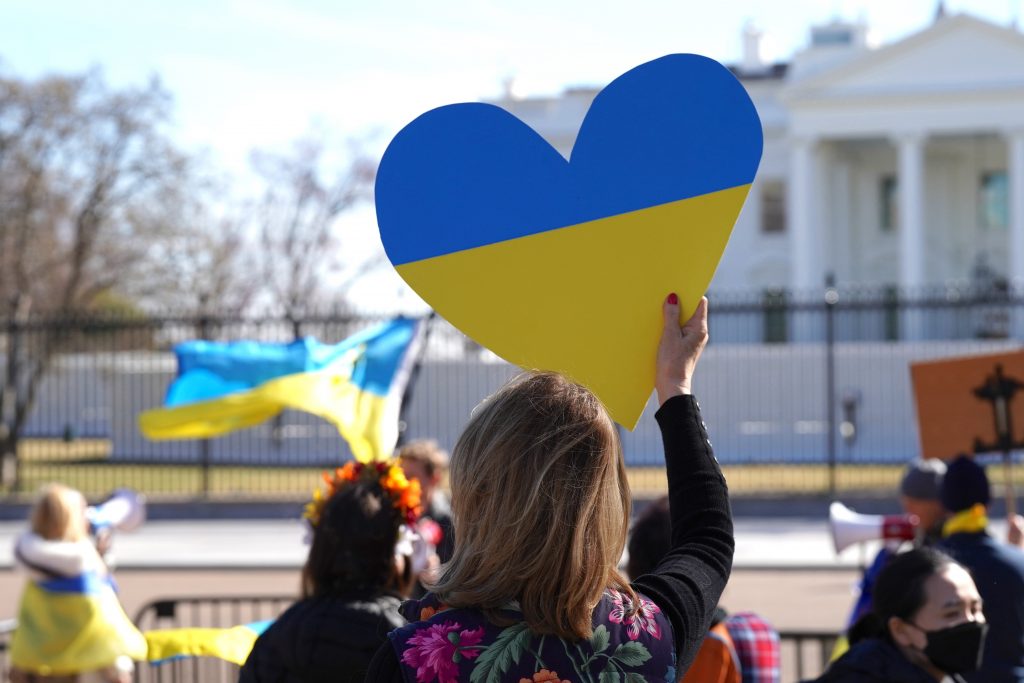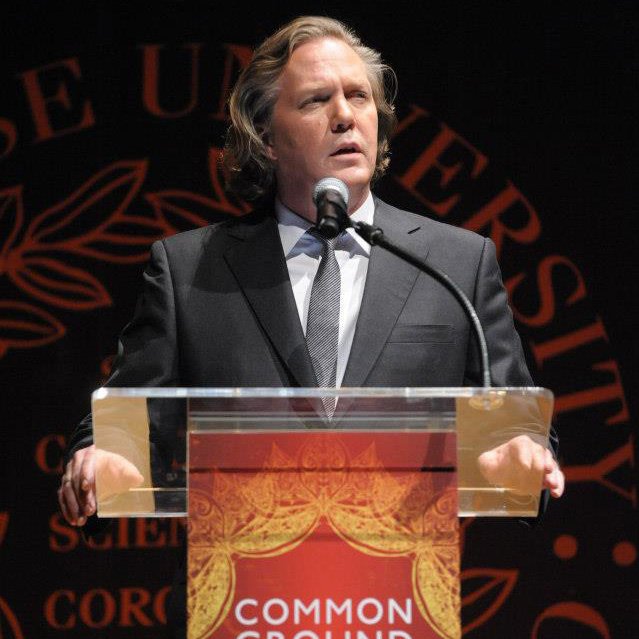Research by Maxwell Graduate Students Recognized by American Political Science Association
Three graduate students in the Maxwell School of Citizenship and Public Affairs have been awarded grants by the American Political Science Association (APSA) in support and recognition of their work. Research grants were awarded to Ph.D. candidates Jingding Wang and Hannah…



